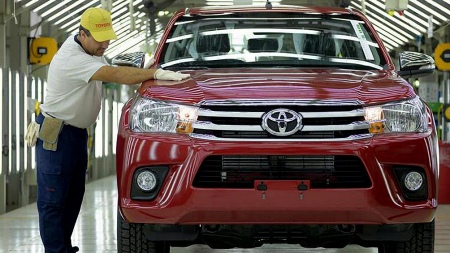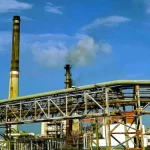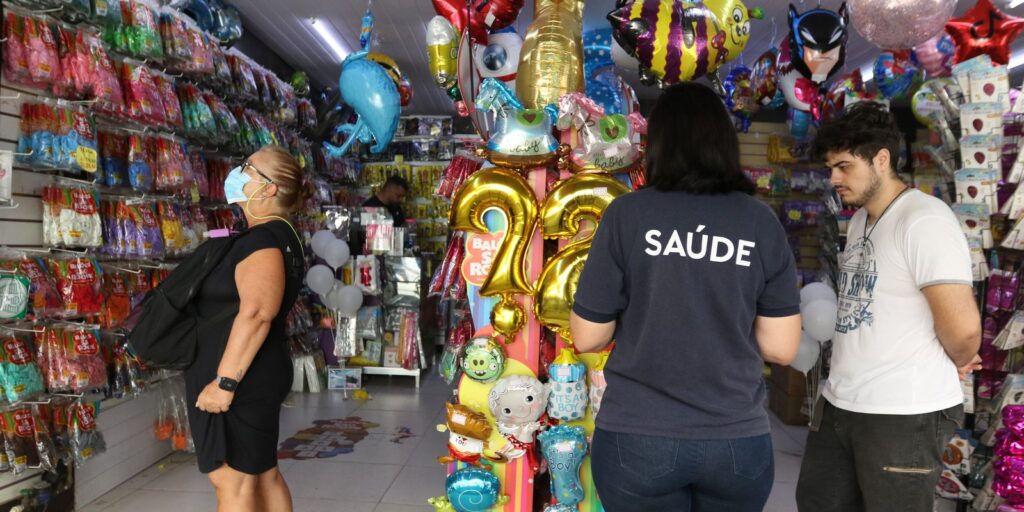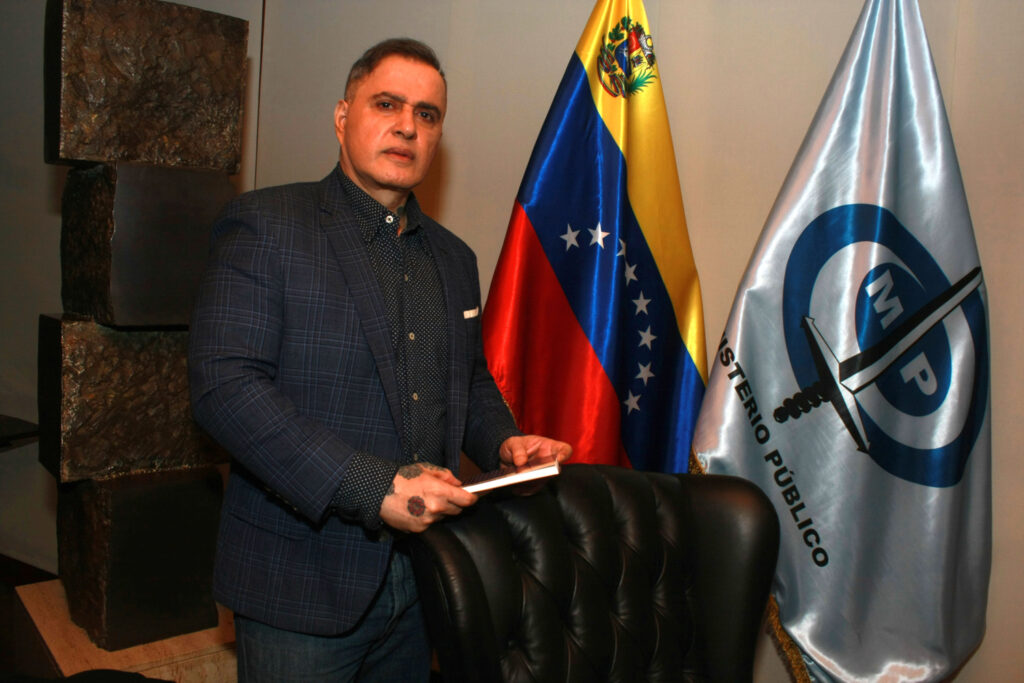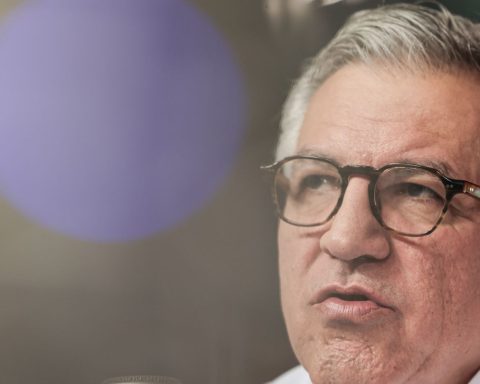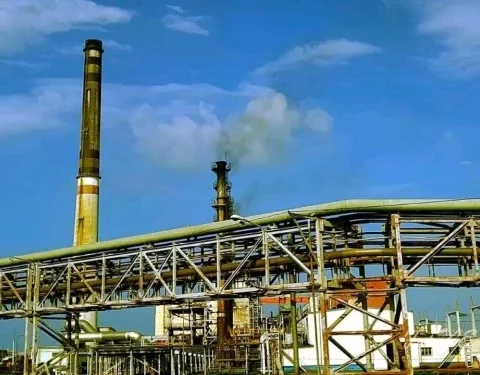The president of Toyota Argentina, Gustavo Salinas, highlighted the performance of the company that in 2022 it reached record levels in production and exportswhich led to incorporating a third shift for the first time in 25 years of activity, in addition to projecting an improvement in these indicators for 2023.
Speaking to Télam, Salinas referred to the announcement that he made last Friday together with the Minister of Economy, Sergio Massa; the Secretary of Industry and Productive Development, José Ignacio de Mendiguren, and the CEO of the firm for Latin America and the Caribbean, Masahiro Inoue.
“We want to work side by side with you so that the third shift, the increase in production and exports benefit Argentines and Argentines,” said Massa when the announcement was made, after which he indicated that the objective is that ” that there be more national integration, because we know the virtuous process that the automotive and auto parts sector generates in Argentina”.
With an investment close to US$ 60 million, the addition of a new shift will allow “serving in 2023 not only the domestic market but also the export market,” Salinas remarked.
With an investment of close to US$ 60 million, the addition of a new shift will allow “serving in 2023 not only the domestic market but also exports”
“We are experiencing a growing demand, both in Argentina and throughout Latin America, for our Hilux and SW4 models.and despite the fact that we had been making significant efforts to increase production, we could not supply 100% of the orders,” said Salinas, to explain the reason for the incorporation of a third production shift at the plant that the company owns in the city Buenos Aires from Zárate.
In this regard, Salinas specified that in the year ending, foreign destinations represented 83% of the company’s market, and that for 2023 it is expected to maintain a similar performance, “with more than 80% for export.”
exports
Toyota Argentina exports to 23 Latin American countries, most of which were supplied until a few years ago by the Thai subsidiary.
Based on the strategic decision to transform the Argentine subsidiary into a regional company, it began serving the countries of South and Central America and the Caribbean.
The main of these destinations is Brazil, with “just under 50%” of its total exports.indicated Salinas, followed by Colombia, Chile and Peru.
Since it began its activity in 1997, the Toyota plant in Zárate has produced more than one and a half million vehicles, while in 2021 the company obtained leadership in sales in the local market.
“Throughout 25 years we had constant growth in production, exports, employment and sales; this year we reached new production and export records and in 2023, with the third shift, we will surpass them,” Salinas projected.

Regarding the preparation of the announcement, he indicated that the company “was preparing, already in May we added personnel with the vision of incorporating this third shift”, and highlighted the importance of the “common objectives” of Toyota and the Government, both in the improvement of the indicators of production, exports, sales and jobs as well as “in function of generating foreign exchange”.
“This year we are going to close it again leading the domestic market, with more than 20% of total sales and a production volume close to 170,000 units”Gustavo Salinas
“This year we are going to close it once again, leading the domestic market, with more than 20% of total sales and a production volume close to 170,000 units,” he specified.
The data as of November from the Association of Automotive Dealers of the Argentine Republic (Acara) show Toyota in first place in light vehicle patents (automobiles and commercial) with 79,937 units in eleven months, which represented 22.1% of the total.
On the other hand, Salinas assured that at Toyota “we have not had problems importing auto parts and we were able to comply with all our orders.”
The opening of the new shift will begin to take effect next Januaryand will allow the annual production capacity of its Zárate plant to be increased to some 182,000 units, which will bring its exports to more than US$ 4,000 million per year.
The new three-shift rotating scheme will imply the creation of 2,000 direct jobs, according to the Secretary of Industry and Productive Development.
